John Watson and Mawi Asgedom on Creating Innovative Experiences and Belonging for Adult Learners
Key Points
-
Building a supportive community in educational settings, both online and offline, is crucial for fostering inclusion and enabling students to thrive.
-
Focusing on relationships and community not only supports students but also empowers educators to innovate and take risks in their teaching methods.
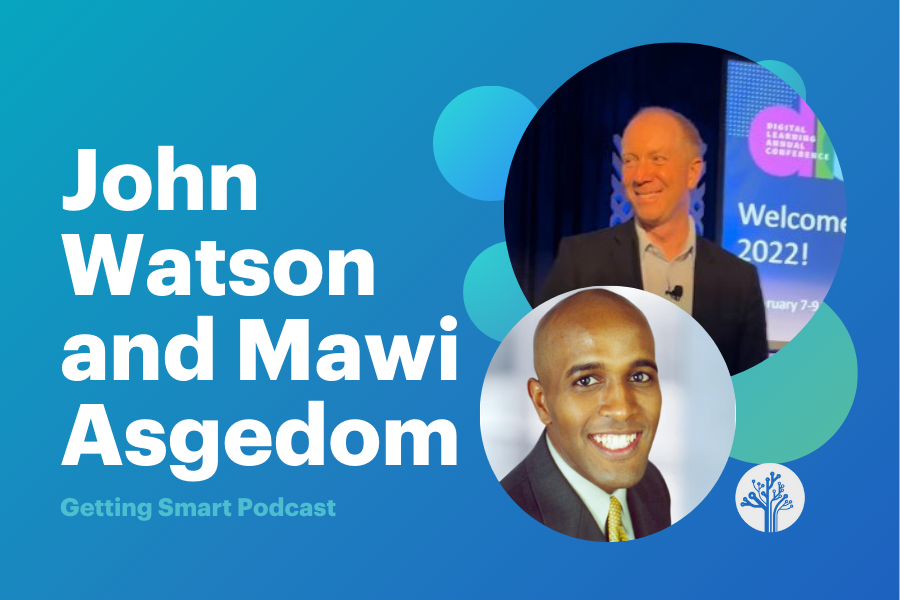
In this podcast episode, Victoria Andrews gets into the transformative power of community in education. Joined by John Watson and Mawi Asgedom, the three discuss how fostering a sense of belonging and inclusion can lead to innovative learning environments. John Watson, the CEO of Evergreen Education Group, highlights the importance of creating spaces like the Digital Learning Annual Conference (DLAC) where educators can connect, share challenges, and learn from each other. This community-centric approach has helped educators overcome the isolation often felt in digital and hybrid learning environments.
Mawi, author and CEO of Inner Heroes, shares his personal journey from a refugee camp to Harvard, emphasizing that true innovation in education begins with relationships. He highlights the need for educators to intentionally see and support “invisible” students, ensuring all learners are valued and empowered to take risks. Through tools like the Inner Heroes app, educators can gain deeper insights into students’ strengths and aspirations, fostering a more inclusive and supportive learning environment. This conversation underscores that the key to successful innovation lies not just in technology, but in building strong, empathetic communities that nurture both students and educators.
Outline:
- (00:00) Introduction and Importance of Community
- (01:27) Defining Community: Perspectives from John and Maui
- (07:16) Challenges and Innovations in Digital Learning
- (17:43) Empowering Leadership and Diversity
Introduction and Importance of Community
Victoria Andrews: You’re listening to the Getting Smart Podcast. I’m Victoria Andrews. Recently, I’ve been thinking about the value and importance of community and how to build it, especially when there are so many barriers placed around communities—not just for them to exist, but for them to thrive.
Margaret Wheatley’s quote sticks with me when I think about community and the need for it: “There’s no greater power for change than a community discovering what it cares about.” I heard that during a national equity learning program I attended earlier this year.
With these thoughts in mind, I reached out to two guests today: John Watson and Mawi Asgedom. I’m excited for both of them to share a portion of their own journey to inclusion and why community is essential. I met both of them at the Digital Learning Annual Conference, more affectionately known as DLAC.
John Watson is the founder and CEO of the Evergreen Education Group, which hosts DLAC. And Mawi is the author of Beetles and Angels: A Boy’s Remarkable Journey from a Refugee Camp to Harvard. He’s a speaker, founder, and CEO of Inner Heroes. I’m so happy to have both of you here today.
John Watson: Thanks for having us on.
Mawi Asgedom: Yeah, thank you. Happy to be here.
Defining Community: Perspectives from John and Maui
Victoria Andrews: Before we start diving into the conversation, I like to have shared definitions, or even hear how people define things. So, when we talk about the word “community,” what does that mean to both of you? John, do you want to go first?
John Watson: Sure, and I’ll put it in a DLAC context for this conversation. The community at DLAC, to me, is all about the fact that there are people working in education, running innovative programs, running different schools. In the digital learning world, they tend to be somewhat isolated from each other because it’s still a small percentage of overall education.
In the traditional education space, your community is often defined by your neighborhood school, your school district, or your physical community. But that’s not necessarily the case for educators in the online learning, hybrid learning, or blended learning spaces, or in other innovative spaces. They have to come together in a different type of space. In the case of DLAC, that’s around the conference for several days each year. There are, of course, online communities as well, but to me, it’s all about creating that connection, creating the opportunity for individuals to learn from each other, to share, to be supported by each other, and to tell their stories.
In the early days, we talked about sharing your best practices and your worst practices because I think we’ve all learned as much or more from our mistakes. A community, to me, has to be a safe place to do that. I feel really good that DLAC has been able to create that space, where people don’t just get up and do a presentation to say, “Hey, look at me, look at all the brilliant stuff I’ve done.” Instead, their stories are about the challenges they’ve faced, what they’ve overcome, and what they’re still figuring out. That kind of sharing, honesty, transparency, and vulnerability are, to me, the keys to a community.
Mawi Asgedom: Yeah, I love that, John, and thank you for creating that for all of us at DLAC. For me, I’ll take it in a more personal direction. When I think about what community means for me, especially with my story as a former refugee—early in my life, I was in a refugee camp—community meant survival. We relied on each other for the essentials, to make it through tough times, and to hope for better things.
When I came to the U.S., I connected with various communities that inspired me, but also presented challenges. One of the things I always tell my kids, especially now that we’re back to school, is: “I want you to be the kids who see the invisible people.” By that, I mean it’s easy to show up at school thinking, “Where am I going to sit today? Who are my friends? Are my needs being met?” But in our family, I like to tell my kids, “The things you want, everyone else wants too. But some people are invisible, and everyone looks right past them.” We try to be the ones who see the invisible people.
That means a lot to me because I was often that invisible person growing up. The power I felt when someone saw me was incredible. And over time, I realized how amazing it felt to push myself and see everyone. I think part of the leadership at DLAC is about making sure we all see each other, connect with each other, and don’t just gravitate toward those we’re comfortable with or who are like us. We have to stretch, grow, and come together to do something really cool and innovative for everyone.
We bring that same lens to students: How am I going to push myself to see those students who are invisible to me? Maybe I’ve never really taken the time to connect with those kinds of students. There’s tremendous power when we see all kids and all educators. That excites me.
John Watson: If I can add to that, Mawi, there’s a story you told in your book that I thought was really remarkable. You were talking to some high school students who were in a very difficult situation, maybe juvenile detention. You shared your story about being in a refugee camp, and one of the students said something like, “That must have been really hard, but at least you had your family. I don’t have that.”
As I remember the story, the student was saying you had something powerful—your family, your first community. What you’re talking about, Mawi, with students feeling invisible, ties into that. When people feel heard, lifted up, and supported, they have the ability to do incredible things. But when they don’t feel heard or supported, they tend to withdraw. Your work, Mawi, in bringing out individual students extends to what we’re trying to do in different learning environments.
Mawi Asgedom: Yeah, John, that’s one of my favorite stories too. All the kids in that detention center had read my book, and one of them said, “I would switch places with you because, in the refugee camp, you had community. I grew up without that, and that’s why I’m here.”
That experience helped me understand that the greatest poverty is a poverty of relationships, a poverty of community. And that’s what you’re talking about, John—making sure people don’t feel like that in the spaces you’ve been entrusted to lead, whether at DLAC or across our education system. We don’t have to live in isolated, impoverished islands. We can connect, help each other, and thrive together. That’s inspiring.
Challenges and Innovations in Digital Learning
John Watson: In the digital learning space, people outside our space sometimes have this misconception that an online course or school isolates students. They think students are learning on their own, but nothing could be farther from the truth. Some students do well learning independently, but that’s not the majority. Relationships are at the center of every educational experience, whether online, hybrid, or traditional.
In online learning, when you’re intentional about relationships, the digital space can actually create new and stronger connections. We try to reflect that at DLAC, in the relationships we build, and in the work we do with educators.
Victoria Andrews: That’s a great point. I think a lot of people have that misconception about online learning—thinking it’s isolating and maybe even lacking in personal connection. But what both of you are sharing really flips that narrative. It’s about creating and fostering relationships intentionally, whether in-person or online. You can make those connections, and, in many ways, you have more opportunities to create a sense of belonging.
Mawi, you touched on something earlier that I’d like to dive into a bit more. You mentioned your focus on seeing the “invisible” students, and that really resonates with me because so many students feel unseen. How can educators intentionally create spaces where students feel seen and belong?
Mawi Asgedom: That’s such an important question, and I think it’s something every educator wrestles with, whether you’re in a physical classroom or an online one. One of the things we’ve been really focused on is creating systems that prompt educators to intentionally connect with students, especially those who might be at risk of becoming invisible.
We created a tool called Inner Heroes, which is an app designed to help educators get to know their students on a deeper level. The app prompts students to share more about themselves—their strengths, interests, and aspirations. It gives educators insight into who their students are beyond just their academic performance. So, instead of just looking at grades or attendance, you’re seeing the whole student.
What we’ve found is that when educators use this tool, it changes how they interact with students. They start seeing the strengths that students bring to the table, and they can connect with students in more meaningful ways. It’s about creating a structure that makes connection part of the daily experience, not something that’s left to chance.
Empowering Leadership and Diversity
Victoria Andrews: I love that. It’s not just about building relationships but doing it in a way that’s intentional and sustainable. John, from the DLAC perspective, what have you seen in terms of building a sense of belonging, especially for adult learners or educators who might feel isolated?
John Watson: That’s such a good question. When we think about adult learners and educators, they have many of the same needs as students in terms of belonging and community. One of the things we try to do with DLAC is create spaces where educators can share their challenges and successes in a way that feels safe and supportive. A big part of that is making sure people feel like their experiences and voices are valued.
We also try to ensure that the content and sessions at DLAC are diverse and reflect the variety of experiences that people in the field are having. So, whether you’re working in a fully online school, a hybrid program, or an innovative brick-and-mortar school, there’s something for you at DLAC. We want everyone to feel like they belong, and that means being intentional about representation and creating opportunities for people to connect over shared experiences.
Victoria Andrews: That’s such a powerful approach, especially when you think about how diverse the landscape of education is today. There’s no one-size-fits-all, and I think DLAC really reflects that in the way you bring people together from different backgrounds and experiences.
I want to touch on something both of you have mentioned—this idea of innovation in education. How do you think community and belonging tie into creating innovative learning experiences?
Mawi Asgedom: For me, innovation is really about expanding what’s possible for students. When you create a strong sense of community and belonging, students feel safe to take risks, try new things, and push beyond what they thought was possible. If you don’t have that foundation of belonging, it’s much harder to innovate because students might feel like they can’t afford to fail.
When we talk about innovation, we often think about technology or new tools, but for me, innovation starts with relationships. If you create a community where students feel seen and valued, they’re more likely to engage deeply in their learning and take the kinds of risks that lead to real growth.
John Watson: I completely agree, Mawi. One of the things we’ve seen at DLAC is that the most innovative programs are often the ones that are deeply rooted in relationships and community. It’s not just about the technology or the new teaching methods—it’s about how those things are used to create more meaningful connections and opportunities for students.
We’ve also seen that when educators feel like they’re part of a supportive community, they’re more likely to take risks in their teaching and try new things. That’s why creating a sense of belonging is so important, not just for students but for educators as well.
Victoria Andrews: That’s such a great point. Innovation isn’t just about the tools—it’s about the people and the connections we’re building. As we wrap up, I’d love to hear from both of you about what you’re excited about in terms of the future of education. What do you see on the horizon that gives you hope?
Mawi Asgedom: I’m really excited about the ways we’re starting to reimagine education to be more student-centered and focused on the whole child. I think there’s a growing recognition that education isn’t just about academics—it’s about helping students develop the skills and mindsets they need to thrive in a complex world. That’s where I see a lot of hope. I think we’re moving toward a future where education is more personalized, more inclusive, and more focused on helping every student reach their full potential.
John Watson: I’m excited about the continued growth of innovative learning models, whether that’s online, hybrid, or blended learning. I think we’re seeing more and more schools and educators embrace flexibility and personalization in ways that are really exciting. I also think there’s a growing recognition of the importance of relationships and community in education, and that gives me a lot of hope. As long as we keep that focus on relationships at the center of what we do, I think we’re headed in the right direction.
Victoria Andrews: I couldn’t agree more. It’s such an exciting time in education, and I think the work both of you are doing is a big part of that. Thank you both so much for sharing your insights and experiences today. I know our listeners will take a lot away from this conversation.
Mawi Asgedom: Thank you, Victoria. It’s been a pleasure.
John Watson: Thanks so much for having us.
John Watson
John Watson is the founder of the Evergreen Education Group, which for 20 years has been a leading consulting and advisory firm serving school districts, state agencies, foundations, and companies in the K-12 digital learning field. John has led Evergreen’s creation of both the Digital Learning Annual Conference and the Digital Learning Collaborative, as well as planning and implementing the Resilient Schools Project helping districts respond to COVID-19 related instructional challenges. John writes regularly about various issues related to digital learning and is a contributing author of the Handbook of Research on K-12 Online and Blended Learning. His and Evergreen’s work have been cited in the New York Times, Wall Street Journal, USA Today, Education Week, and eSchool News, and he has also appeared on NBC Nightly News. He has submitted invited testimony to state legislatures, state boards of education, charter school commissions, and other government agencies.
Mawi Asgedom
Mawi Asgedom is an award-winning innovator, author, and advocate for social-emotional learning (SEL). He has spent over 20 years helping youth unlock their potential, training millions of educators and students, and collaborating with leading youth development organizations. His book, Of Beetles and Angels: A Boy’s Remarkable Journey from a Refugee Camp to Harvard, is a survival story of overcoming war, famine, suffering, and countless obstacles. He is the creator of Inner Heroes Universe, and his work has been featured by various media outlets, including Oprah Winfrey, who named her interview with Mawi one of her top 20 moments. A father of four school-aged kids, Mawi can often be found coaching youth sports on the weekends.
Links
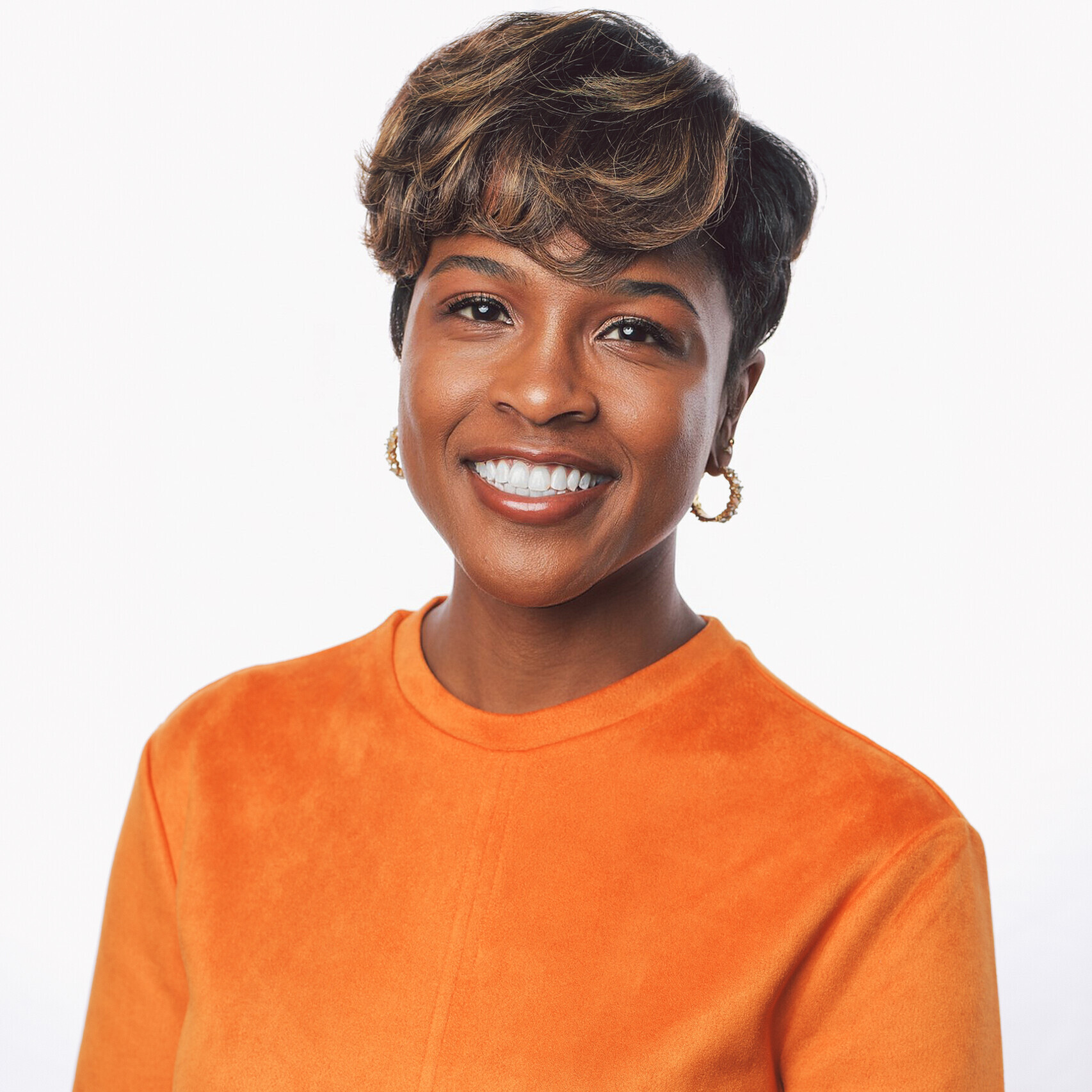


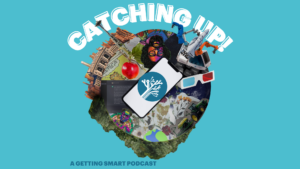

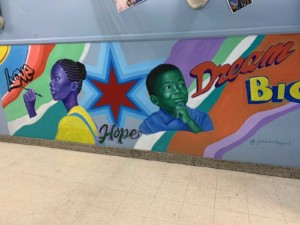

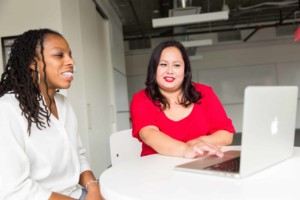
0 Comments
Leave a Comment
Your email address will not be published. All fields are required.